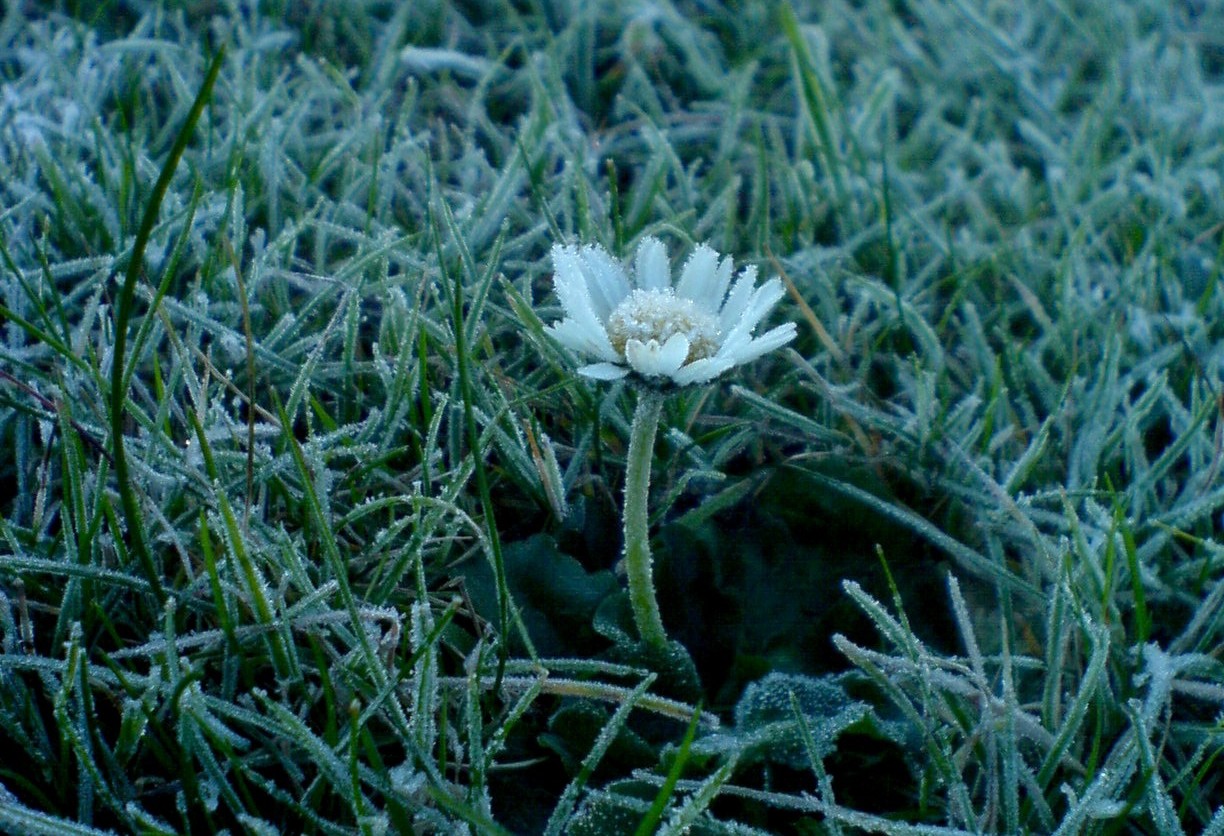
Abundance of Flowers in Bloom across Britain on New Year’s 2015
During the annual New Year’s hunt for flowers, botanists were stunned to find an unusually large number in bloom. The usual number of flowering plants across Britain at this time of year averages somewhere between 20-30 species.
Yet this year there were an amazing 368 species of blooming plants!

This number is recorded by the Botanical Society of Britain and Ireland as an “extraordinary” event unlike any other occurrence before.
What exactly does this high number of flower blooms mean?
For the experts on climate change, the large number of flowers in bloom is in part the effect of the UK’s warmest temperature year on record in 2014. Therefore, we are seeing the immediate result of warmer overall climate on a regional scale. Just fifty years ago, the number of plants in flower was just 20 species, and the changes are quite apparent.
The scientists conclude that Britain has experienced the fourth mild winter in a row, and the frost has yet to reach these flowers.

The frost usually gets to most of the plants before the holiday season, so to see flowers like gorse (a flower that blooms in the spring) seems a bizarre sight for this time of year.
The number 368 species of flowers in bloom counts for more than 15% of flowering plants between Britain and Ireland. This number is also the combined species throughout the island, while in specific regions such as Cardiff, the highest recorded number of plants in bloom was 71 species.
The experts at the Met Office believe we are seeing the result of 2014 the UK’s warmest year, wettest winter and hottest autumn season (Halloween) on record since their start in 1659. According to the Met Office, these regional temperature and environmental changes are the result of human influence on climate.
This is the result of man-made climate change.
Some of the top plants in bloom on the survey were daisy and dandelion—both found recorded on 75% of the lists. High numbers of flowering plants were also seen throughout Ireland as the average number of species (about 20 on par with Britain’s average) and 40 species at its highest count on Bull Island in Dublin Bay.
It’s likely the flowering plants found could still freeze sometime in February before the close of winter.
Don’t forget to look up tonight and Spot the Comet Lovejoy.
⚕Home⚕
Roger Harrabin. Unusual number of Flowers in Bloom. BBC, January 9, 2015.



